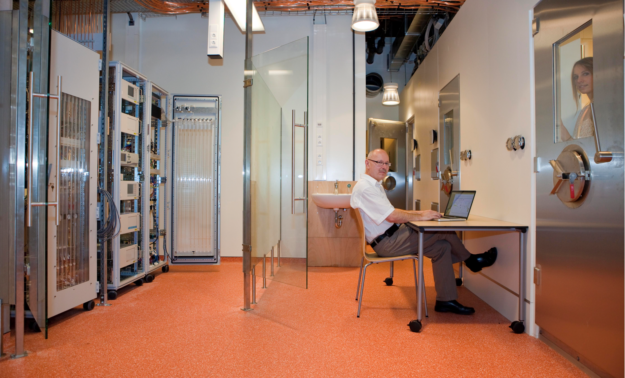Advantages of a dynamic indoor climate
The Thermal Engineering for the Built Environment Laboratory (TEBEL) invites Prof. Wouter van Marken Lichtenbelt, leader of the research group Thermophysiology & Metabolism at the Maastricht University, on 18 April 2019 at the Smart Living Lab in Fribourg.
All too often comfort and health are considered as synonyms in the design of the indoor climate. Focus on average comfort has resulted in tightly controlled thermal indoor climates. Research of the last decade clearly indicate that regular exposure to temperatures outside the comfort zone may result in significant health benefits. Exposure to cold, but also to heat, positively affects our metabolism and the cardiovascular system, and, in addition, resilience to extreme temperatures (heat waves or cold spells) is increased. It is not necessary to be exposed to extreme temperatures: mild cold and warm environments already show beneficial health effects. Several examples of mild heat and mild cold acclimation on our health will be given.
Does this mean that we have to suffer from discomfort in order to become healthy? Probably not. Firstly, prolonged temporal excursions outside the thermal comfort zone result in acclimatization resulting in increased comfort ratings. Secondly, low or high temperatures in a dynamic thermal environment may be perceived as acceptable or even pleasant (evoking so-called thermal alliesthesia).
The study of dynamic thermal conditions is advocated: linking this to the adaptive comfort model, and monitoring these conditions in actual living conditions. This information is needed to support the design of healthy, comfortable and energy-friendly indoor environments. Last but not least, allowing indoor temperatures to drift more than currently applied can substantially reduce energy consumption by the built environment.

